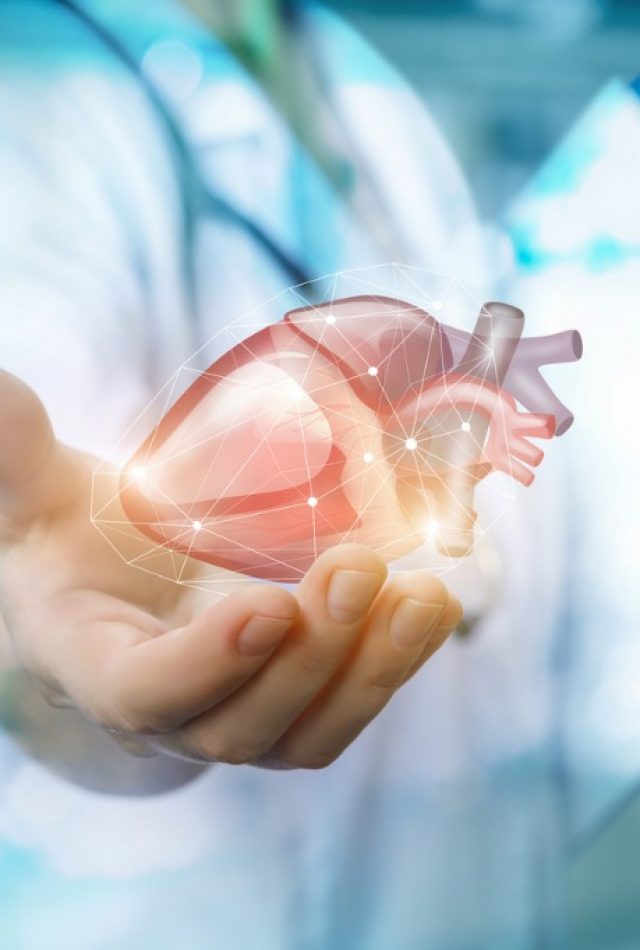CABG (Heart Bypass)
Coronary artery bypass graft (CABG) surgery is usually done to restore the normal flow of blood to heart. This is performed to clear the blockage in one or more than one coronary arteries, reducing risk of angina and death. During surgery, blood vessel graft is used to bypass blocked arteries. The blood vessels are taken from the patient’s own veins and arteries from the arm, leg or chest.



